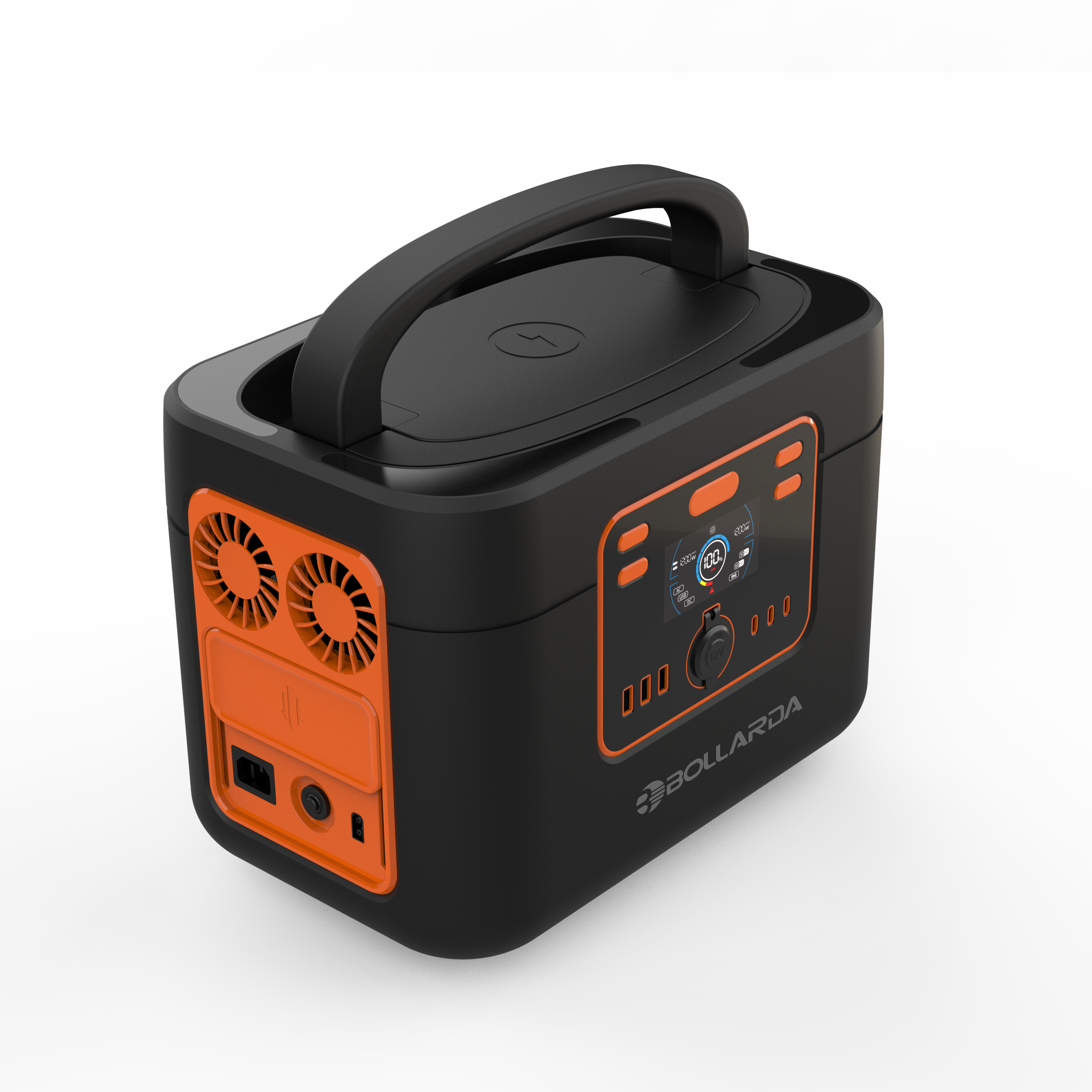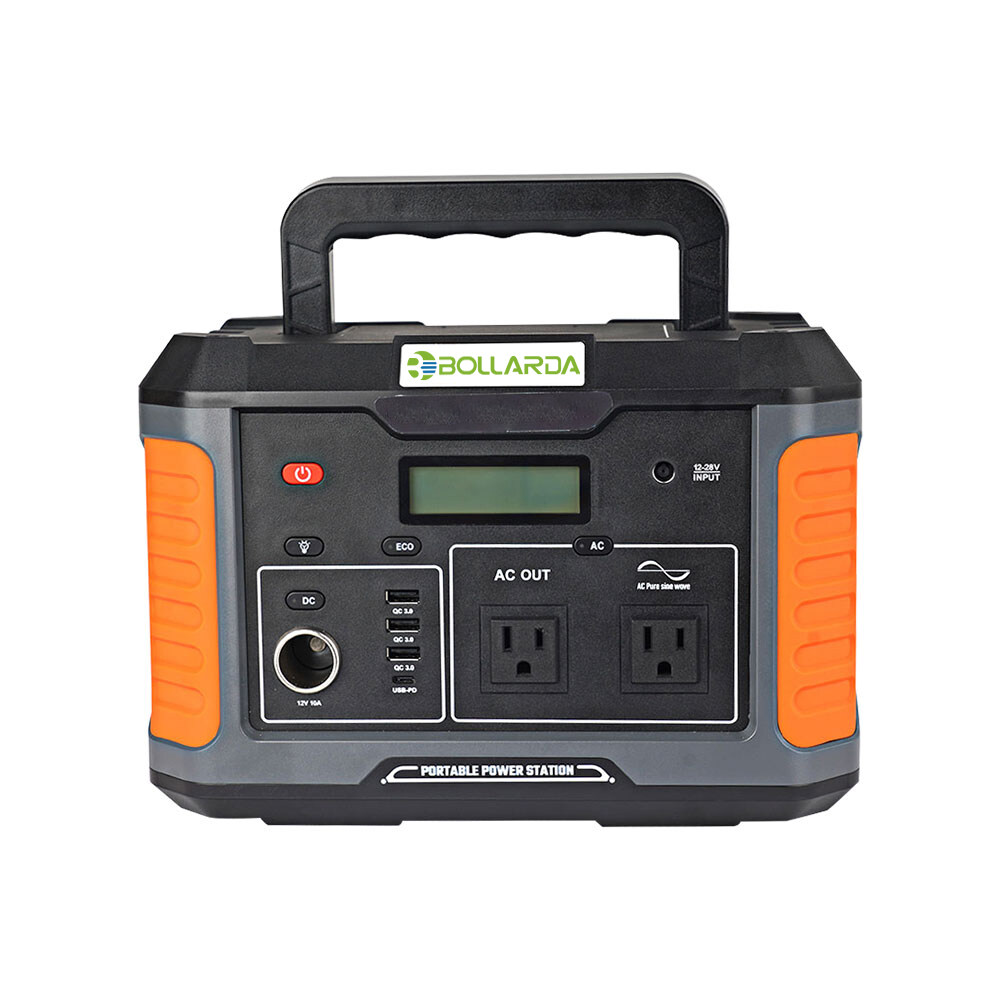Email format error
Email cannot be empty
Email already exists
6-20 characters(letters plus numbers only)
The password is inconsistent
Email format error
Email cannot be empty
Email does not exist
6-20 characters(letters plus numbers only)
The password is inconsistent


When planning outdoor adventures, whether it’s camping, hiking, or road-tripping, having a reliable power source is essential. Outdoor portable power stations have become a game-changer for outdoor enthusiasts, providing a convenient way to charge devices, power appliances, and even run small equipment. But with so many options on the market, how do you choose the best one for your needs? This guide will walk you through everything you need to know to make an informed decision.
An outdoor portable power station is a compact, battery-powered device designed to provide electricity on the go. Unlike traditional gas generators, these stations are quiet, eco-friendly, and easy to transport. They typically come with multiple output options, including AC outlets, USB ports, and DC carports, making them versatile for charging everything from smartphones to laptops and even small refrigerators.

Battery capacity is one of the most critical factors to consider. Measured in watt-hours (Wh), it determines how much energy the power station can store and deliver.
Low Capacity (100-300Wh): Ideal for charging small devices like phones, cameras, and tablets. Suitable for short trips or day outings.
Medium Capacity (300-800Wh): Can power larger devices like laptops, mini-fridges, or camping lights. Great for weekend camping trips.
High Capacity (800Wh+): Suitable for running power-hungry appliances like CPAP machines, electric grills, or even small power tools. Perfect for extended trips or emergency backup.
Pro Tip: Calculate your power needs by adding up the wattage of the devices you plan to use and estimating how long you’ll need to run them.
The number and type of output ports determine what devices you can power simultaneously. Look for:
AC Outlets: For powering standard household appliances.
USB Ports: For charging smartphones, tablets, and other USB devices.
DC Carports: For devices like car coolers or air pumps.
USB-C PD Ports: For fast-charging modern devices like laptops and high-end smartphones.
Example: If you’re camping with a group, a power station with multiple USB ports and AC outlets will allow everyone to charge their devices at the same time.
Portability is a key feature of outdoor power stations. Consider the weight and size, especially if you’ll be carrying it over long distances.
Lightweight Models (5-10 lbs): Easy to carry but may have lower capacity.
Heavier Models (20-50 lbs): Offer higher capacity but are better suited for car camping or RV trips.
Pro Tip: Look for models with built-in handles or wheels for easier transport.
How quickly and easily you can recharge your power station is crucial. Most models offer multiple recharging options:
Wall Outlet: The fastest way to recharge, usually taking a few hours.
Solar Panels: Eco-friendly and ideal for off-grid adventures. Ensure the power station is compatible with solar charging.
Car Charger: Convenient for road trips but slower than wall outlets.
Example: If you’re planning a multi-day hiking trip, a solar-compatible power station is a must-have.
Outdoor adventures can be rough on equipment. Look for power stations with:
Rugged Build: Durable materials that can withstand bumps and drops.
Weather Resistance: Some models are designed to handle light rain or dust, making them more reliable in outdoor conditions.
Pro Tip: Check the IP rating (Ingress Protection) to understand the device’s resistance to dust and water.
Some power stations come with extra features that enhance usability:
LCD Display: Shows battery level, input/output wattage, and remaining runtime.
Wireless Charging Pad: For convenient charging of compatible devices.
App Connectivity: Allows you to monitor and control the power station via a smartphone app.
Power stations can keep your campsite running smoothly, powering lights, fans, and even small cooking appliances.
In case of power outages, a portable power station can keep essential devices like phones, radios, and medical equipment running.
From tailgating to outdoor weddings, power stations provide a reliable energy source for speakers, lights, and other equipment.
For digital nomads, a power station ensures you can work from anywhere without worrying about battery life.
Here are some of the top-rated portable power stations on the market:
Goal Zero Yeti Series: Known for their durability and solar compatibility.
BODIO Series: Lightweight and user-friendly, ideal for beginners.
EcoFlow Delta Series: Offers fast recharging and high capacity.
Bluetti AC200P: A powerhouse with a massive 2000Wh capacity.
To ensure your power station lasts for years, follow these tips:
Store Properly: Keep it in a cool, dry place when not in use.
Recharge Regularly: Even if not in use, recharge the battery every 3-6 months to maintain its health.
Avoid Overloading: Don’t exceed the maximum wattage to prevent damage.
Clean Regularly: Wipe down the exterior and keep ports dust-free.
Choosing the right outdoor portable power station depends on your specific needs and activities. By considering factors like battery capacity, portability, and recharging options, you can find a model that fits your lifestyle. Whether you’re a weekend camper or a full-time adventurer, a reliable power station will ensure you stay connected and powered up, no matter where your journey takes you.
By following this guide, you’ll be well-equipped to make an informed decision and enjoy uninterrupted power on all your outdoor escapades.